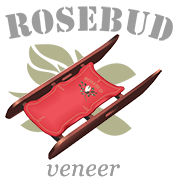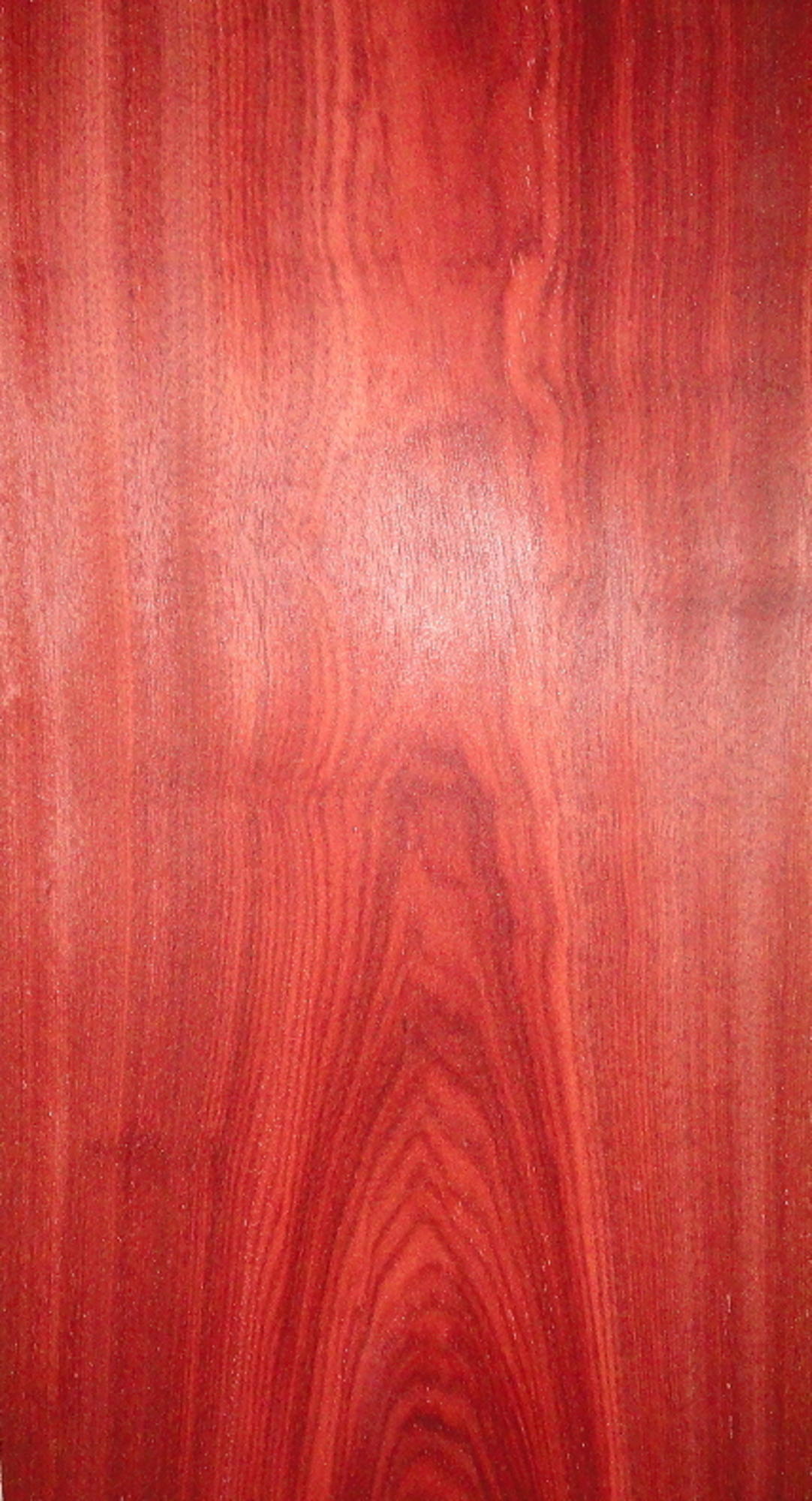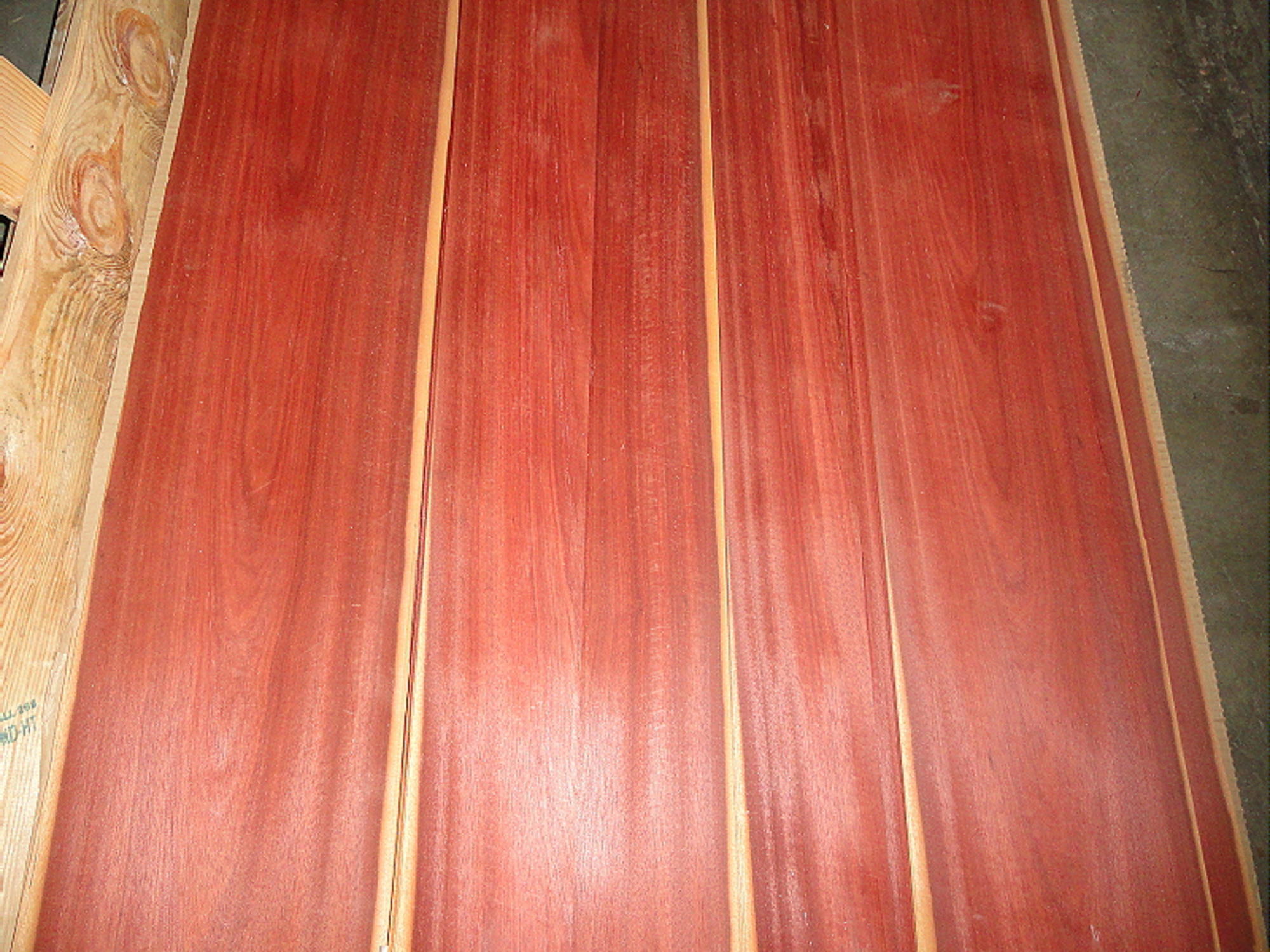Latin Name: Brosimum rubescens (syn. B. paraense)
Common Name(s): Bloodwood, Satine
Sources: Tropical South America
|
Characteristics
|
Heartwood is a bright, vivid red. Color can darken to a darker brownish red over time with exposure to light. Applying a thick protective finish, and keeping the wood out of direct sunlight can help slow this color shift. Well defined sapwood is a pale yellowish color, though given the typically large trunk diameters, it’s seldom seen or included in imported lumber. |
|
Grain/ Texture
|
Grain is usually straight or slightly interlocked. Has a fine texture with good natural luster, and is also somewhat chatoyant. |
|
Workability
|
Bloodwood is extremely dense, and has a pronounced blunting effect on cutters. The wood tends to be brittle and can splinter easily while being worked. Those persistent enough to bear with the difficulties of working with Bloodwood to the finishing stage are rewarded with an exceptional and lustrous red surface. |
|
Uses
|
Carvings, trim, inlays, furniture, guitars, knife handles, and turned objects. |
|
Availability
|
Widely available in wide boards, as well as smaller turning squares and blanks. Many boards exhibit only a dull reddish brown coloration; truly blood-red pieces are the ideal. Prices are moderate to moderately high for an imported hardwood. |


